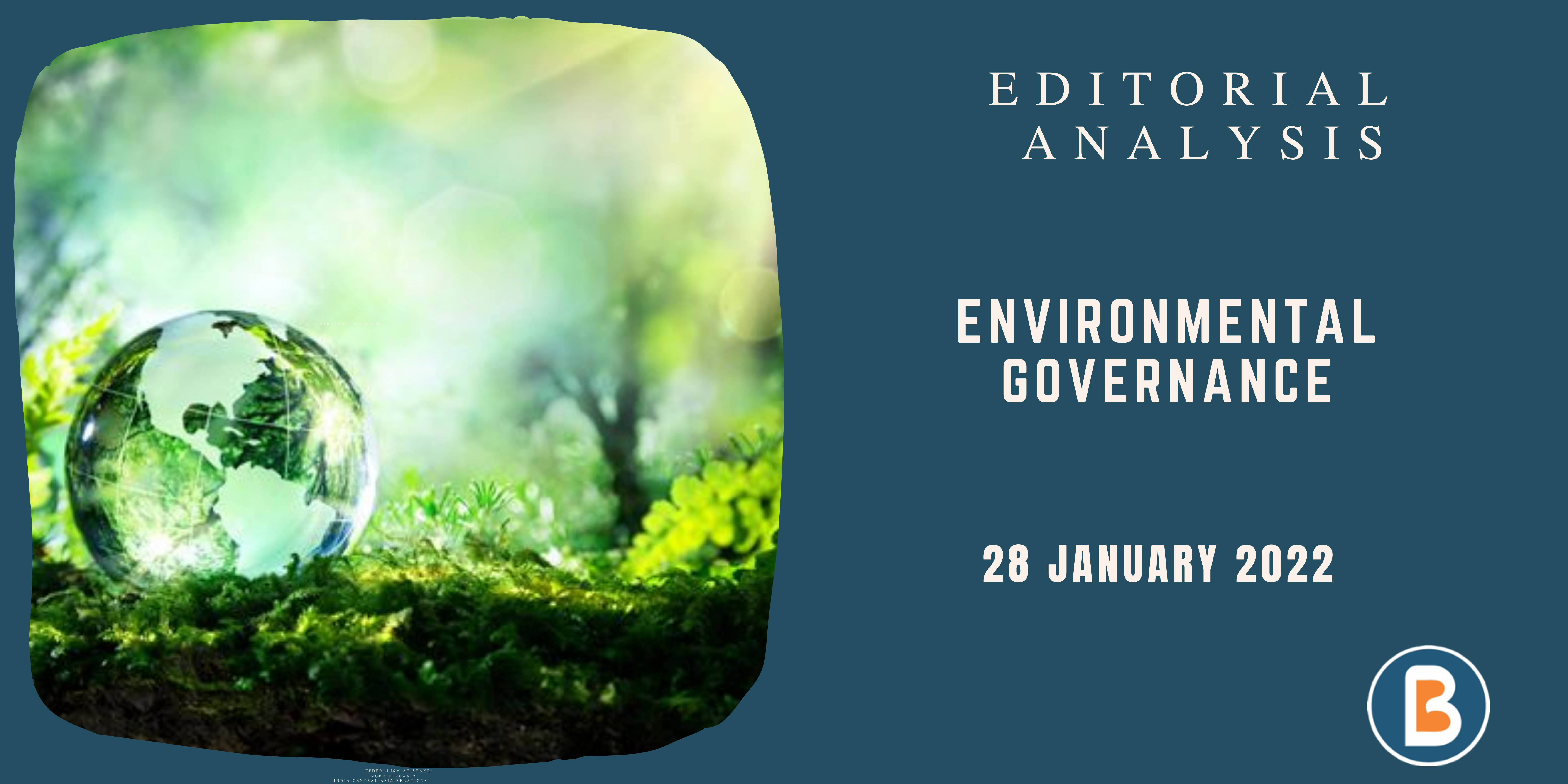Environmental Governance
Context:
The Supreme Court has asked the Government if it will create an Indian Environmental Service (IES) as recommended by a committee headed by former Cabinet secretary T.S.R Subramanian in 2014.
T.S.R Subramanian committee report on environment:
- The Subramanian committee was set up to review the country’s green laws and the procedures followed by the Ministry of Environment, Forest and Climate Change (MoEF&CC).
- It suggested several amendments to align with the Government’s economic development agenda.
- The report submitted to then Union environment minister had suggested amendments to almost all green laws, including those relating to environment, forest, wildlife and coastal zone clearances.
- The committee suggested that another committee, with more expertise and time, be constituted to review the environmental laws.
Crux of the Report:
- The report proposed an ‘Environmental Laws (Management) Act’ (ELMA), that envisioned full-time expert bodies: National Environmental Management Authority (NEMA) and State Environmental Management Authority (SEMA) to be constituted at the Central and State levels respectively to evaluate project clearance (using technology and expertise), in a time bound manner, providing for single-window clearance.
- To accelerate the environmental decision-making process, they suggested a “fast track” procedure for “linear” projects (roads, railways and transmission lines), power and mining projects and for “projects of national importance.”
- The Air Act and the Water Act is to be subsumed within the Environment Protection Act.
- The existing Central Pollution Control Board and the State Pollution Control Boards, which monitor and regulate the conditions imposed on the industries to safeguard environment, are proposed to be integrated into NEMA and SEMA once the new bodies come into existence.
- It also suggested an appellate mechanism against the decisions of NEMA/SEMA or MoEF&CC, in respect of project clearance, prescribing a three-month deadline to dispose appeals.
- The report also recommends that an “environmental reconstruction cost” should be assessed for each project on the basis of the damage caused by it to the environment and this should be added into the cost of the project.
- This cost has to be recovered as a cess or duty from the project proponent during the life of the project.
- At the tail end, it proposed a National Environment Research institute “on the lines of the Indian Council of Forestry Research and Education” to bring in the application of high-end technology in environment governance and finally, an Indian Environment Service to recruit qualified and skilled human resource in the environment sector.
Conclusion:
- It is now proposed that a new Indian Environment Service be created, as an All India Service, which will act as an expert group to man positions in this field in the public and quasi-governmental sectors over the next decades.
- We must build on the exercise of reforming environmental governance.
- The process must involve reforming our laws, strengthening our institutions and streamlining the processes.
Source: THE HINDU.




